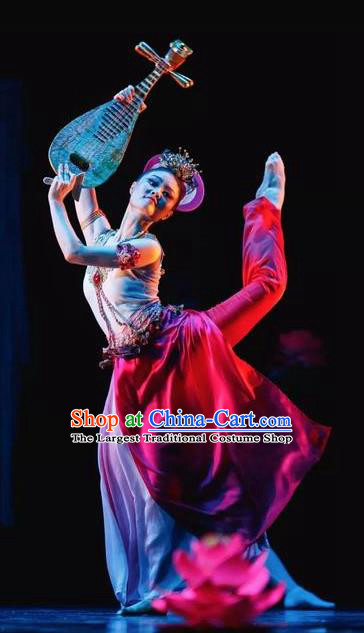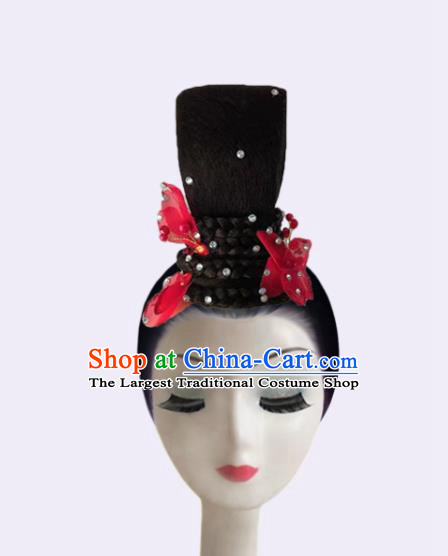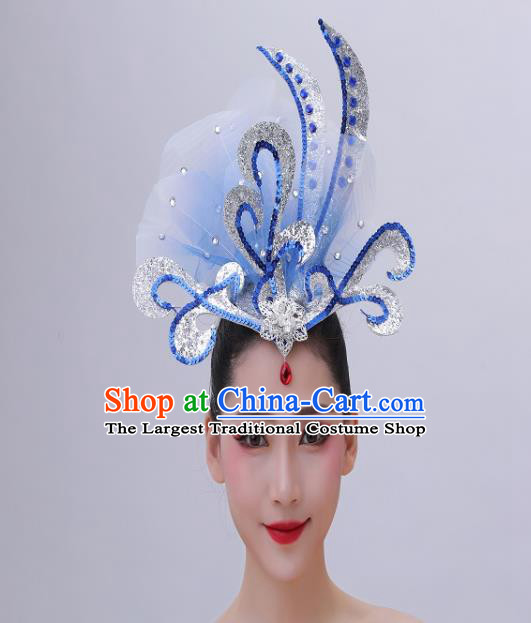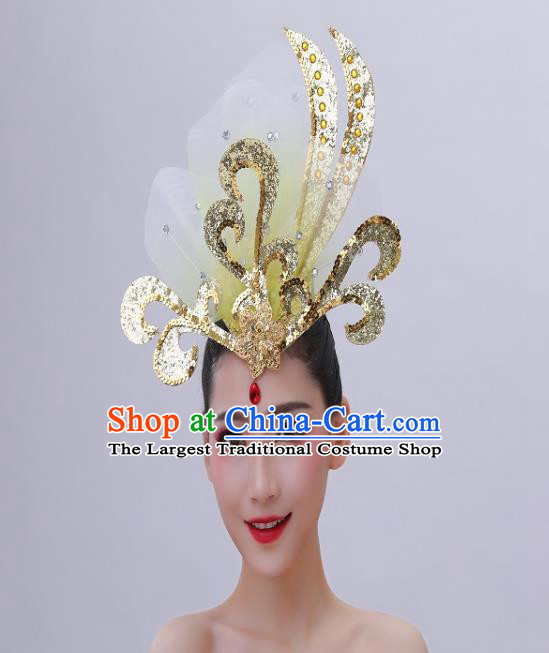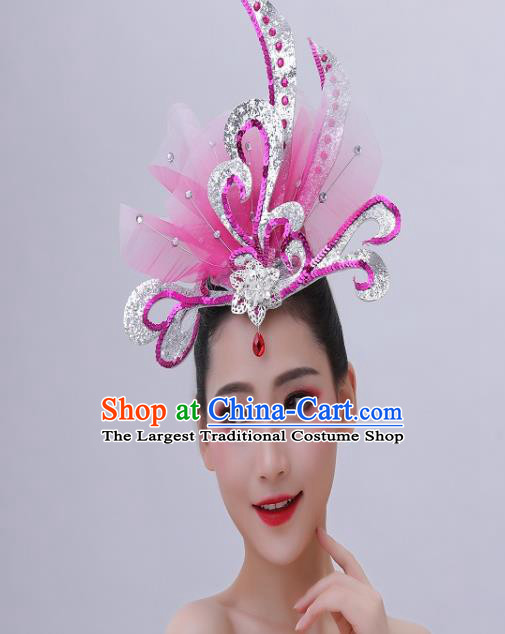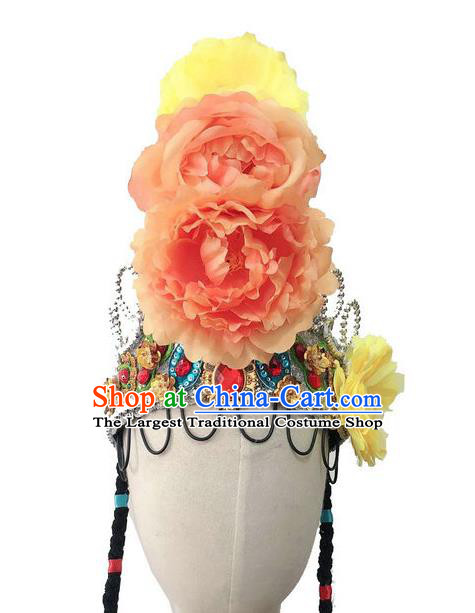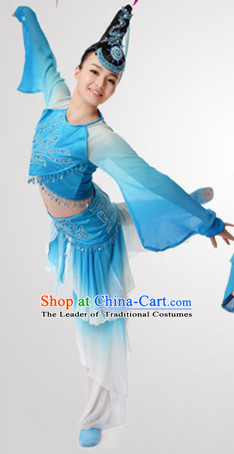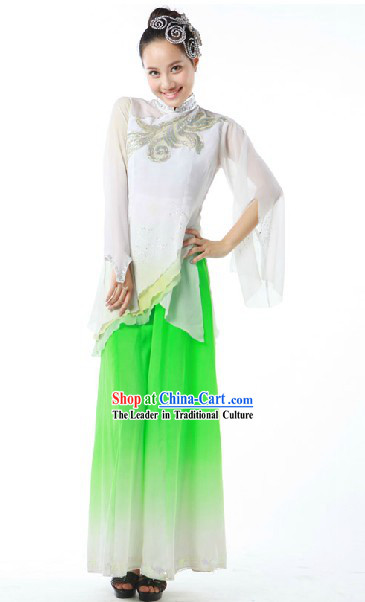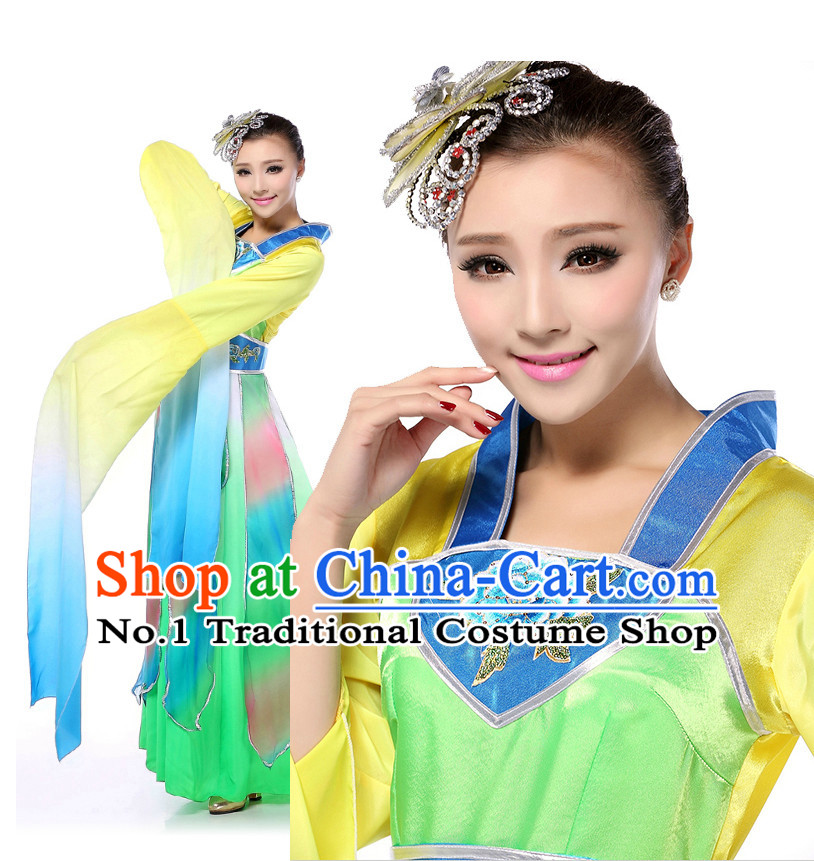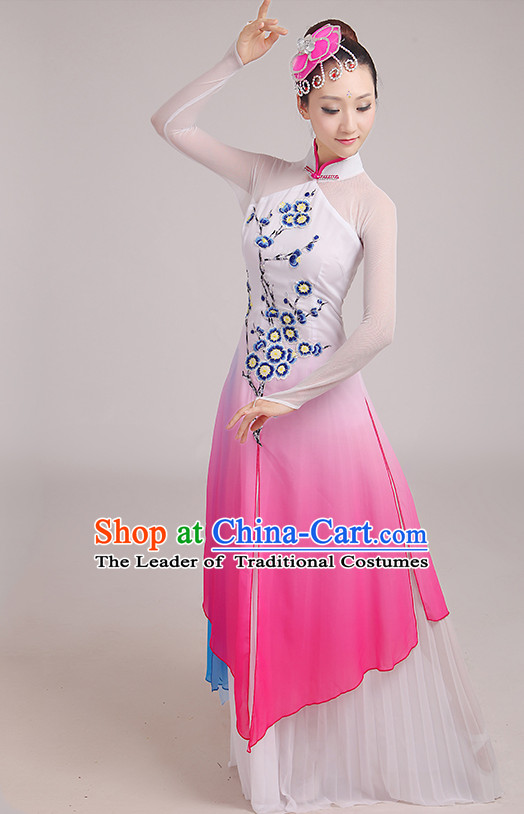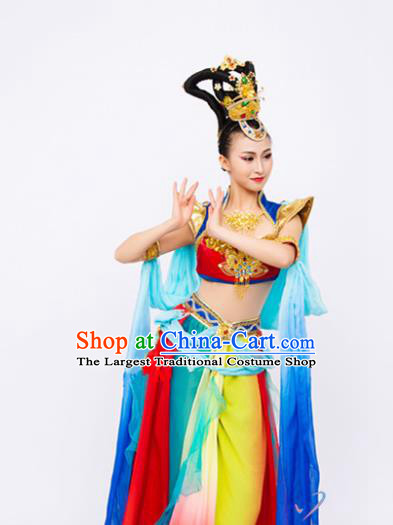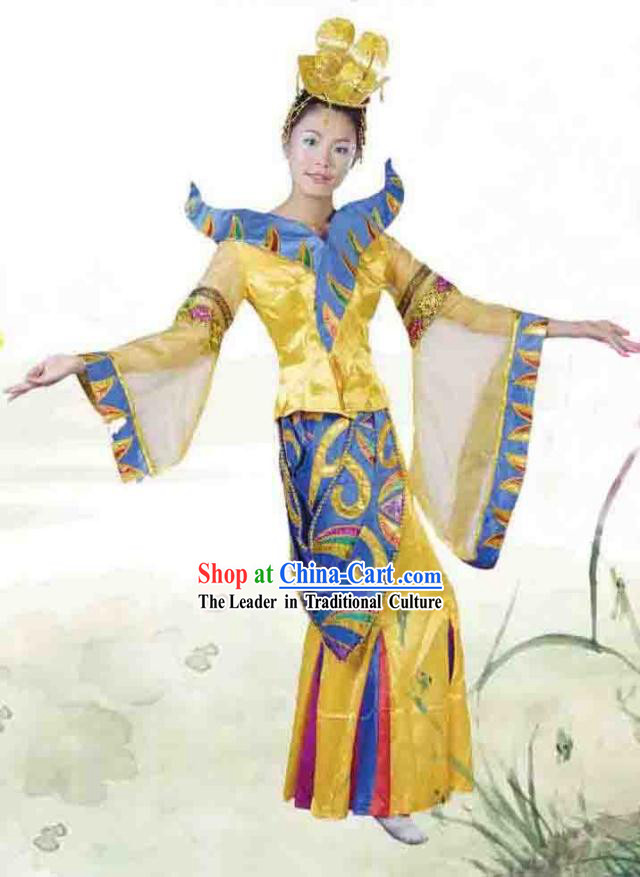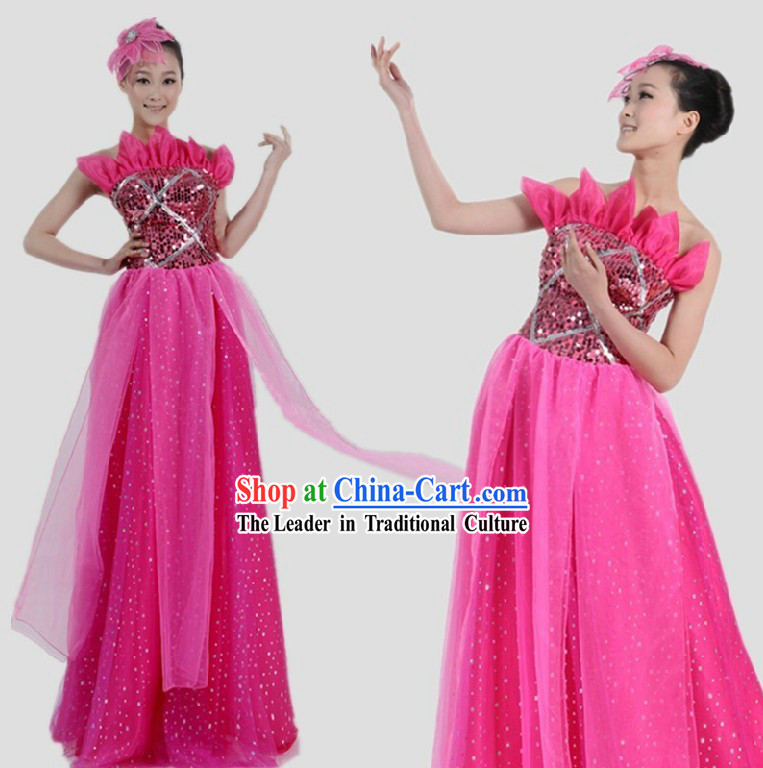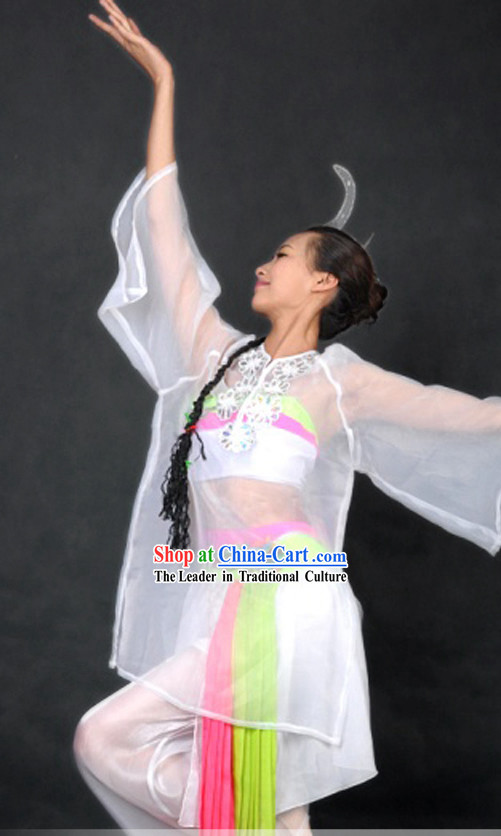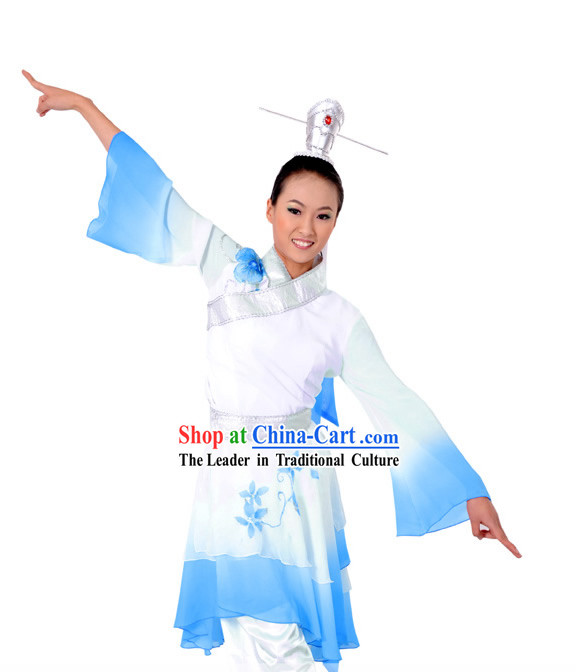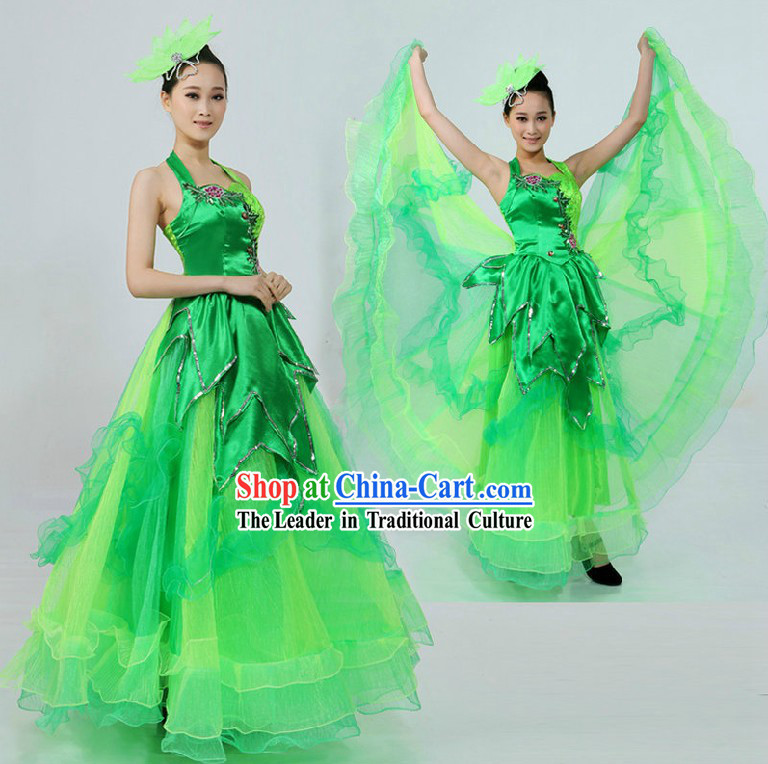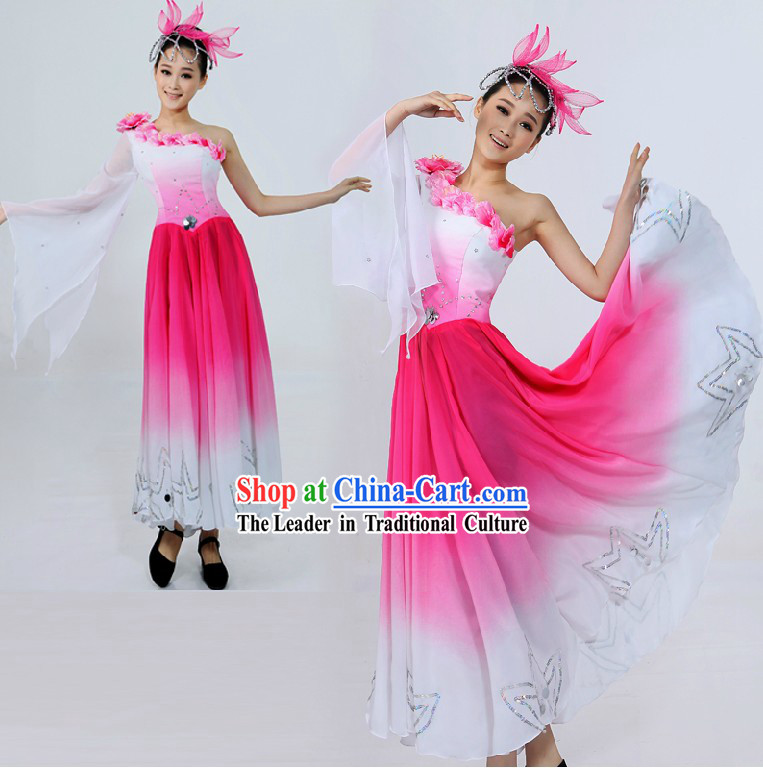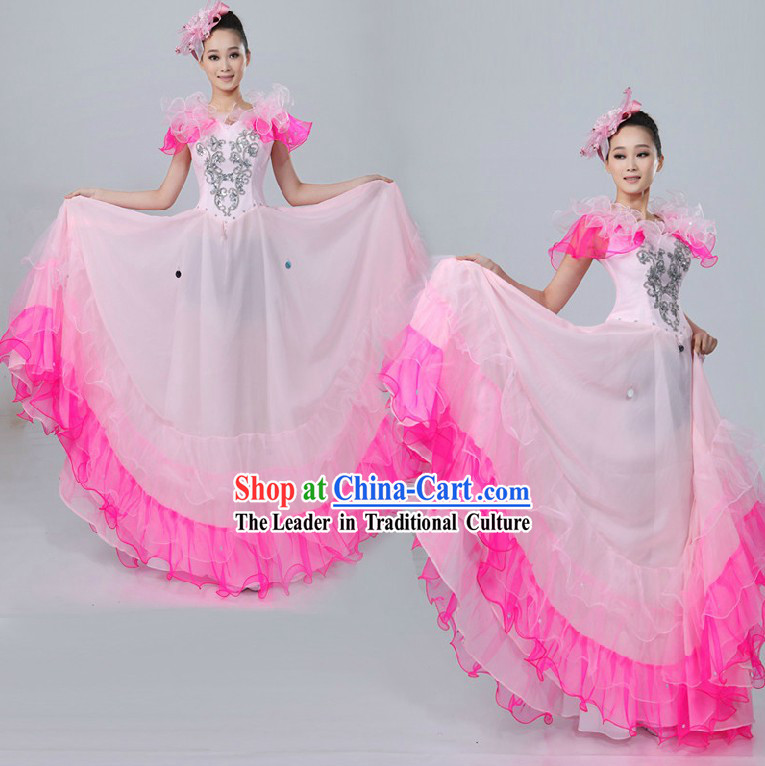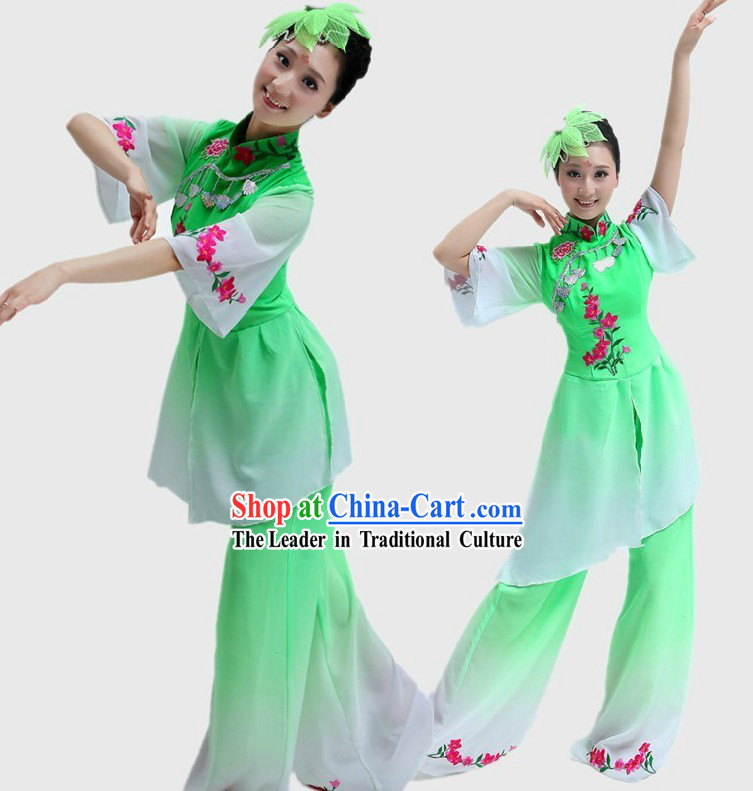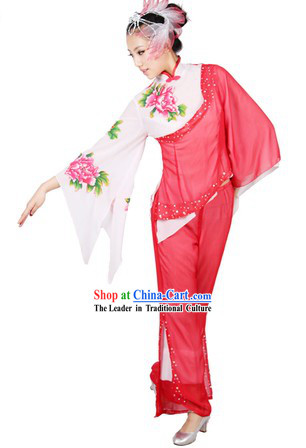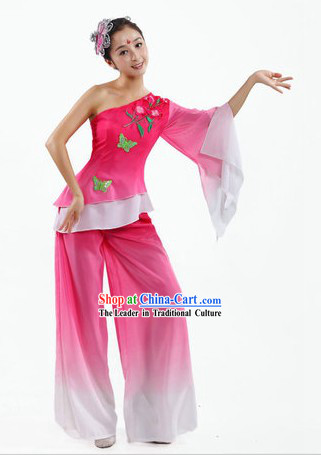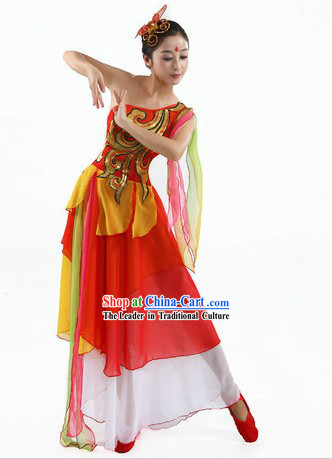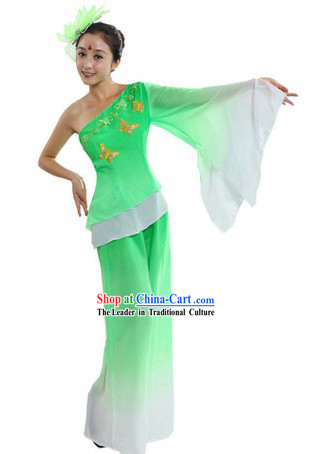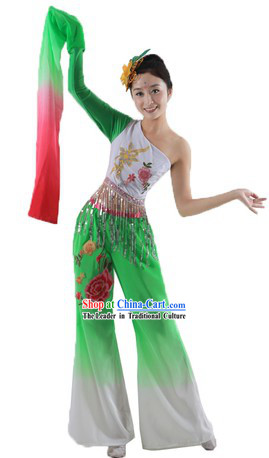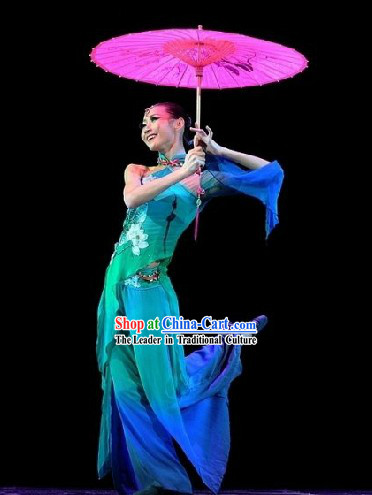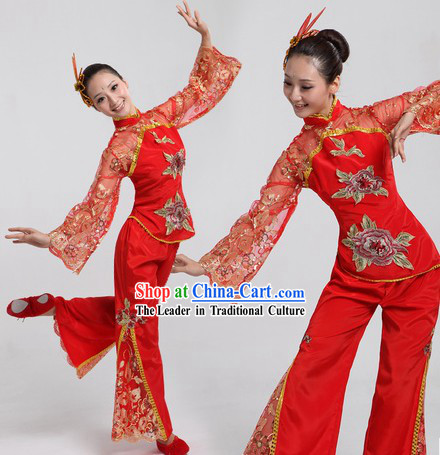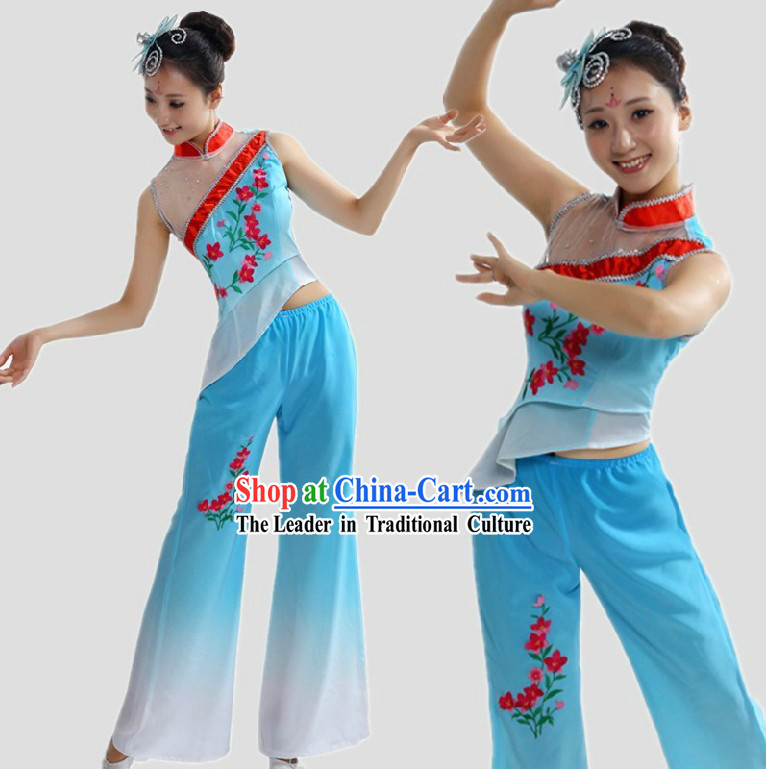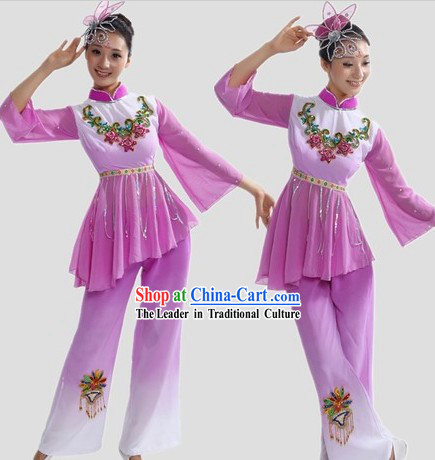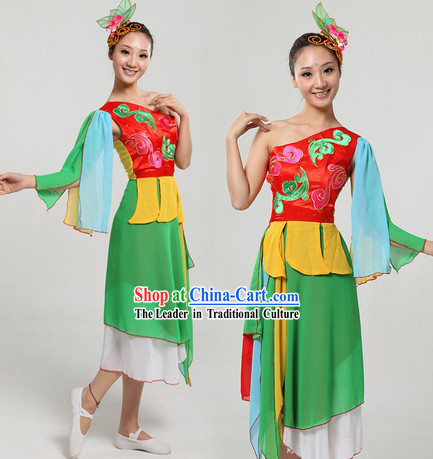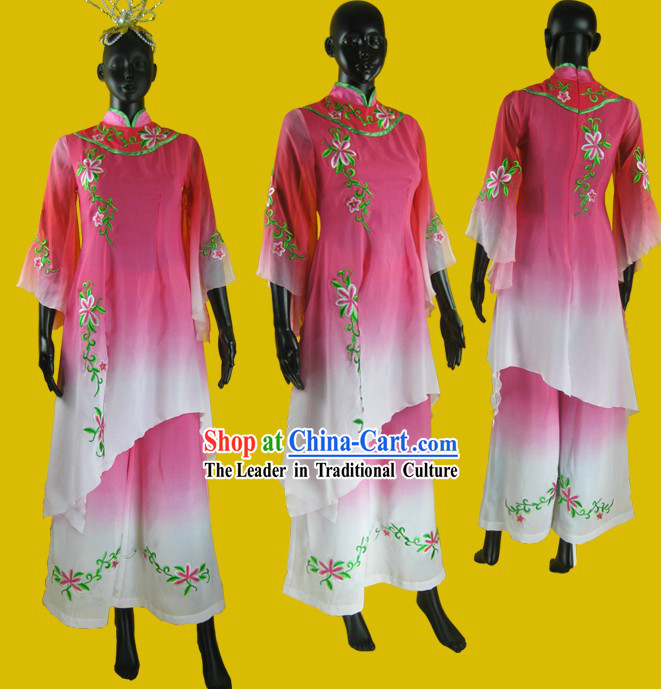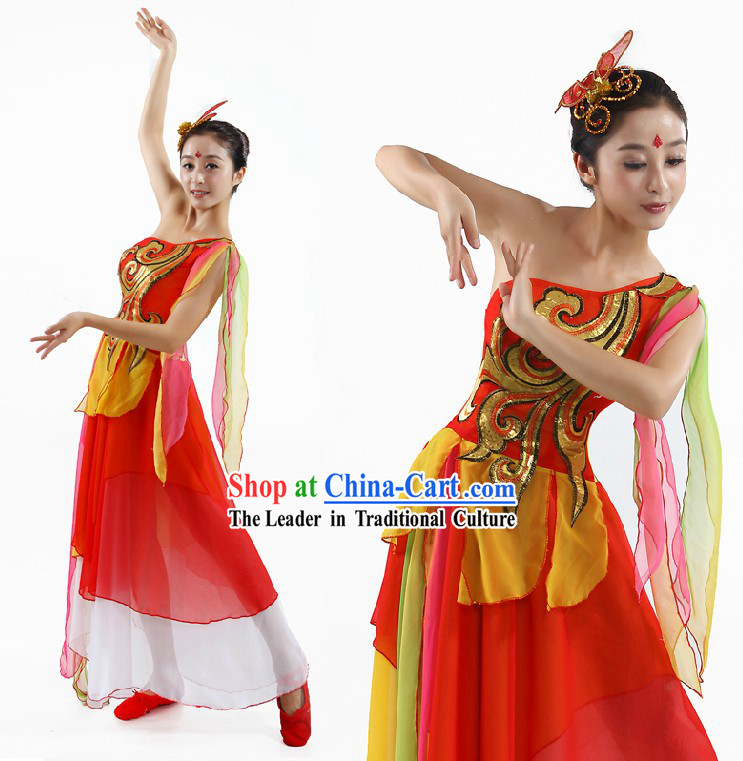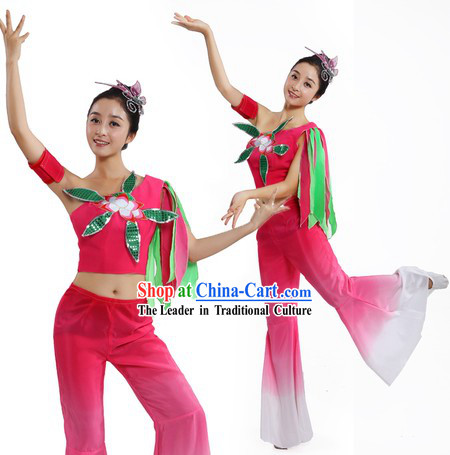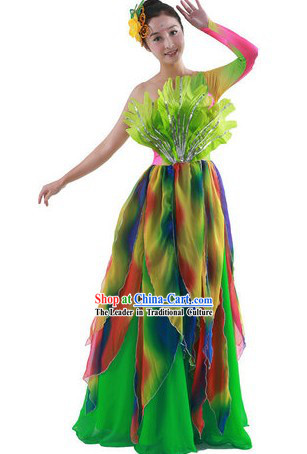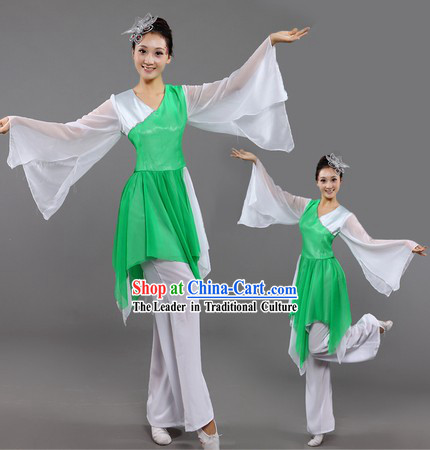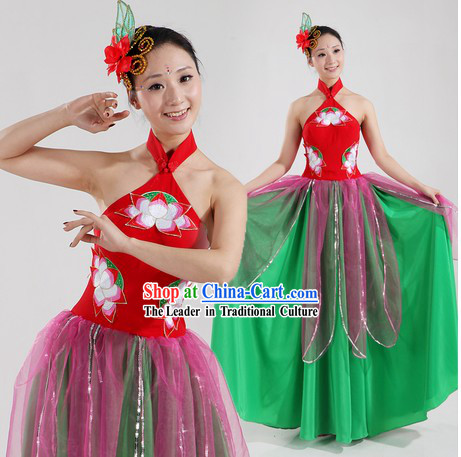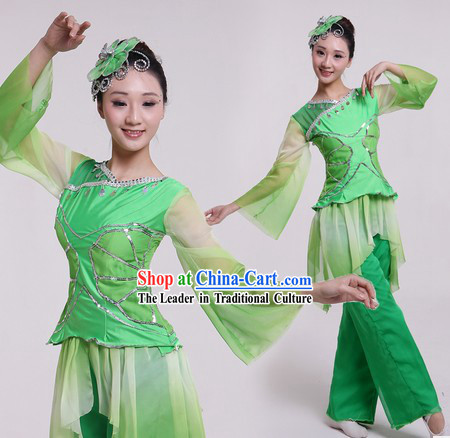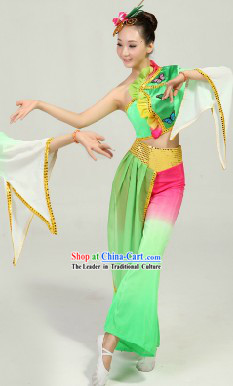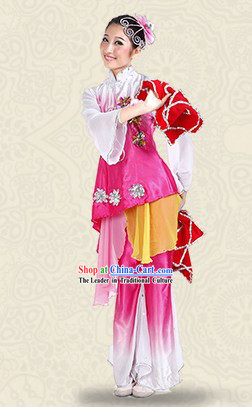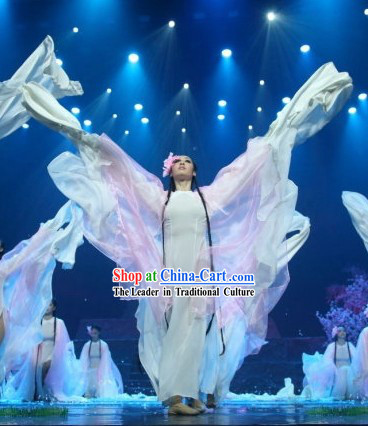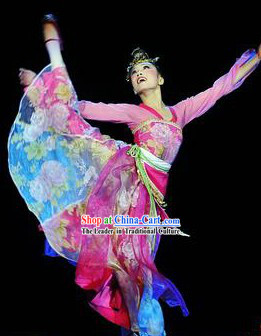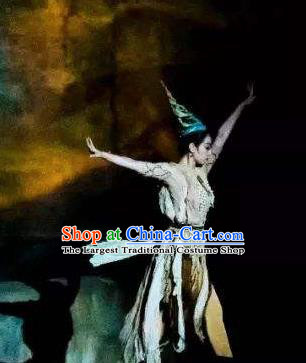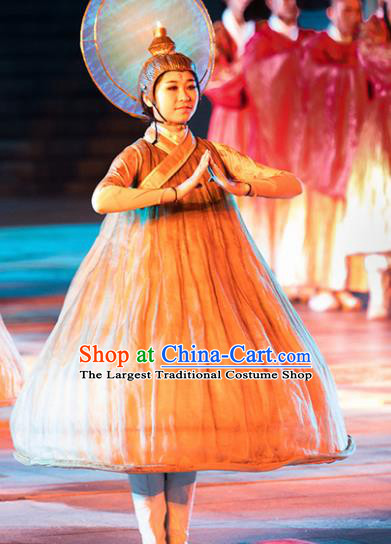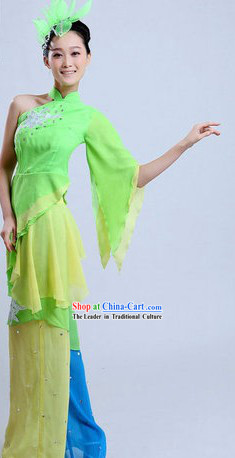
Click Related Pictures for More Audios:
Chinese classical dance costumes and female headdresses are important components of Chinese culture, carrying rich historical significance and spiritual connotations.
These costumes and headdresses are usually made of materials such as silk and cotton, with bright colors and a sense of hierarchy.
Their design inspiration comes from ancient Chinese myths, historical stories, and natural landscapes, showcasing the unique aesthetic views and artistic style of the Chinese nation.
In ancient times, Chinese women's clothing was characterized by elegance and dignity, often wearing loose clothing such as robes and pleated skirts to cover their body curves and maintain comfort.
Men wore more formal clothing such as long robes and mandarin jackets.
With the passage of time, traditional Chinese clothing gradually evolved into more fashionable and diverse forms.
For example, the cheongsam, a representative Chinese female costume, originated in Shanghai in the early 20th century and later became popular throughout the country.
The design of the cheongsam emphasizes smooth lines and tailored fit, often paired with high heels or sandals to showcase a woman's elegant temperament.
In addition to clothing, classical Chinese dance also uses many exquisite headdresses to adorn the heads of performers.
These headdresses are usually made of metal, jade, beads, and other materials, with various shapes and creative designs.
They not only enhance the image charm of the performers but also convey specific emotions and character traits.
For example, in Beijing opera, actors usually wear red facial makeup to distinguish different roles; while in Kunqu opera, actors will wear golden hair accessories to show their noble status.
In summary, Chinese classical dance costumes and female headdresses are important components of traditional Chinese culture, not only having unique aesthetic value and artistic charm but also carrying rich historical backgrounds and cultural connotations.
By appreciating and learning these works of art, we can better understand the essence and diversity of traditional Chinese culture.









